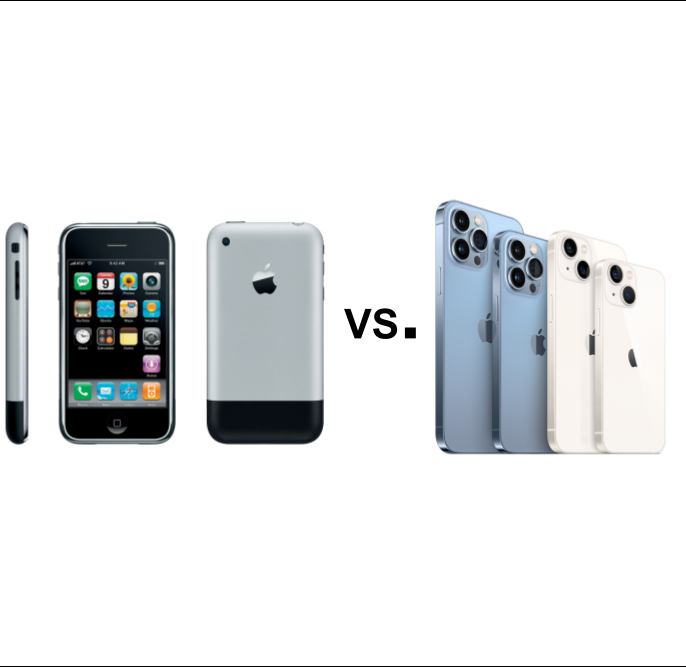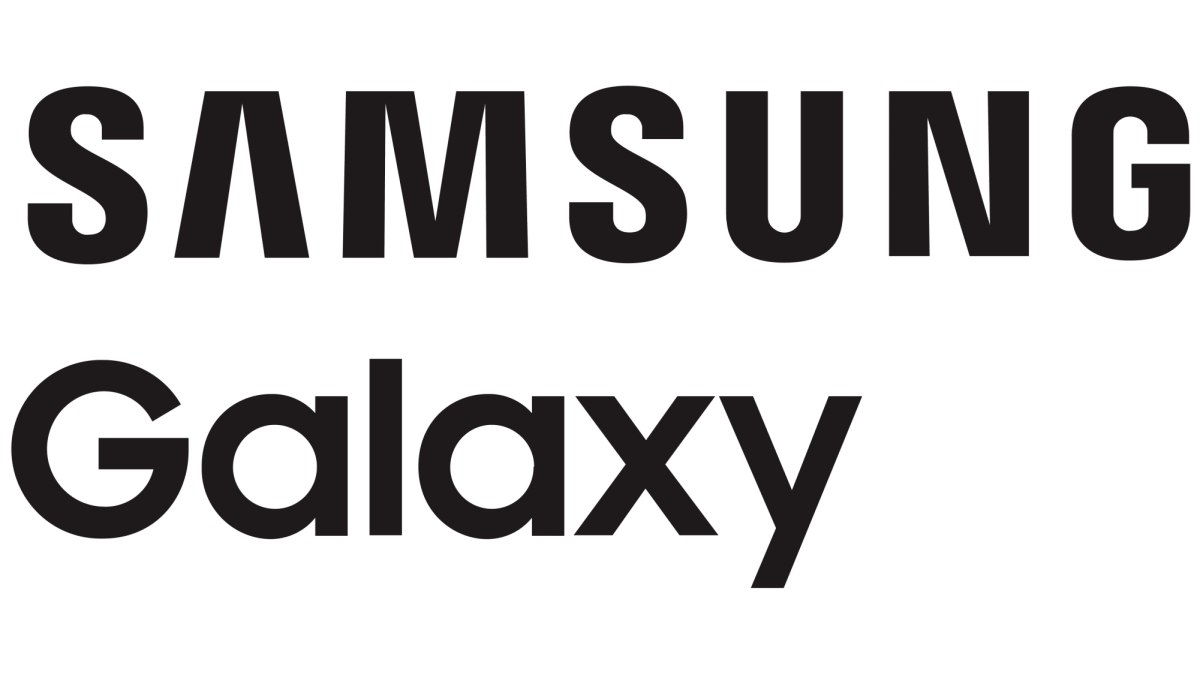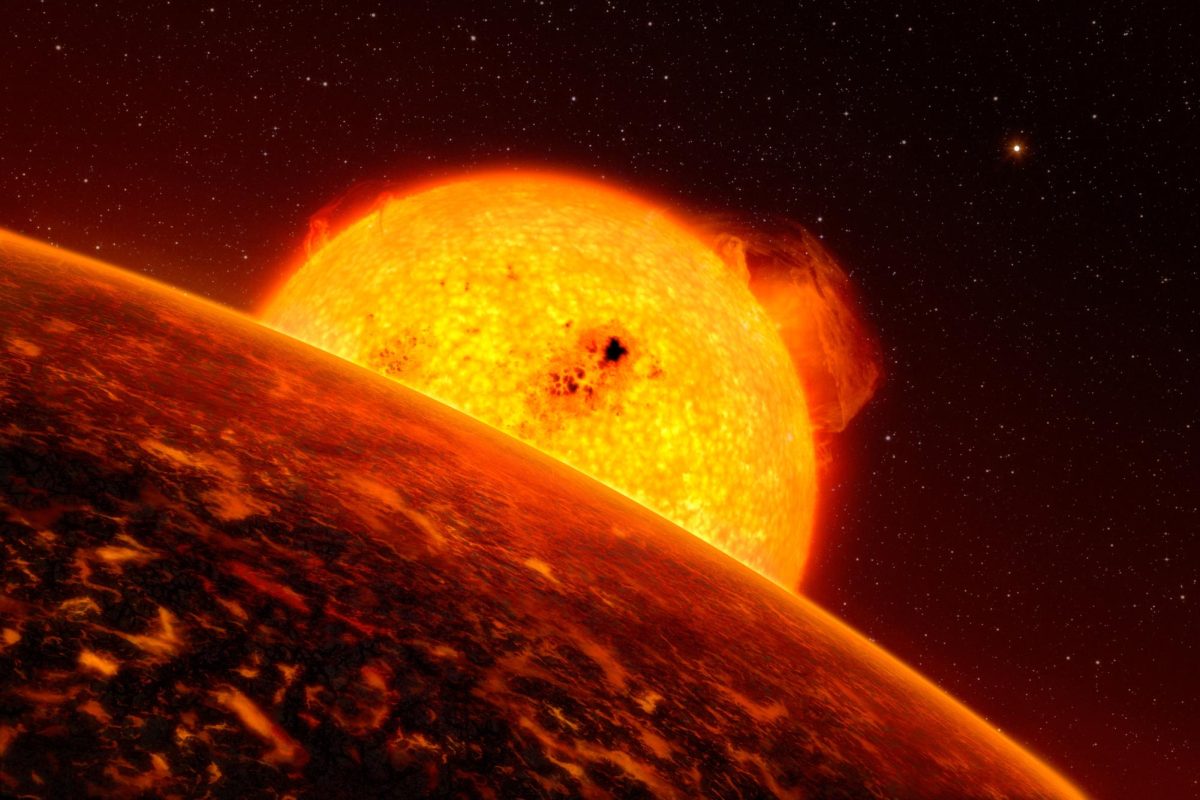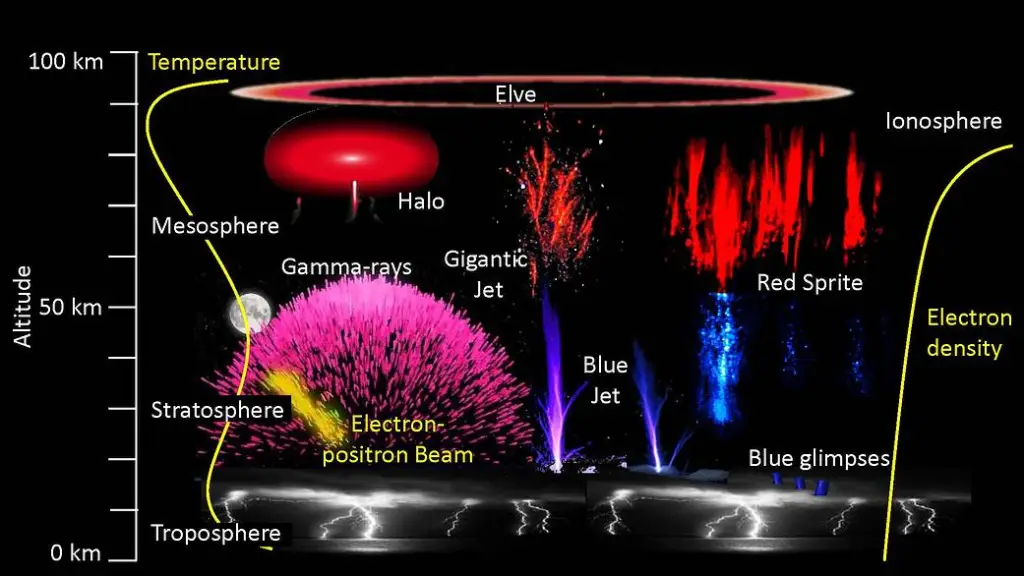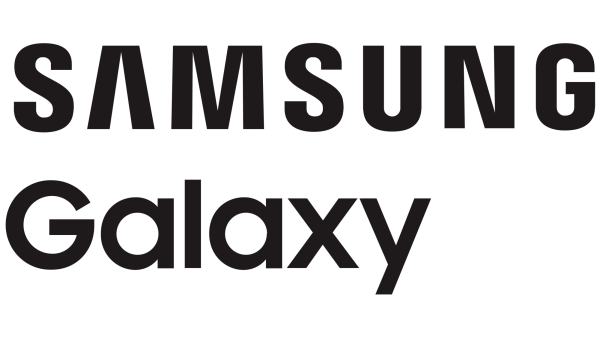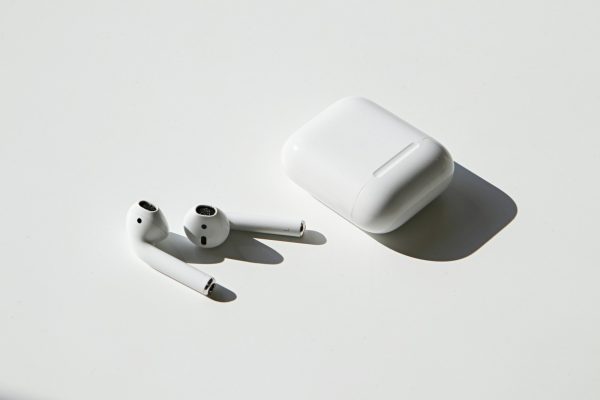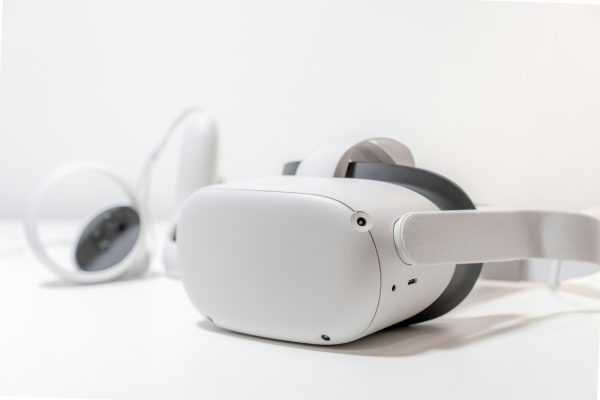Comparing the Very First iPhone to the iPhone 13s
Reviewing all the technological advancements that have come throughout the years.
Very First iPhone (Left) – https://localhost:6543/block_screen.html?id=fb55ea69-970c-48b6-a183-18ff766cb653 iPhone 13s (Right) – https://www.phonearena.com/news/apple-iphone-13-size-comparison_id135013
As of 2021, it has been 14 years since the release of the Very First iPhone, and Apple has most certainly come a long way since then. In the United States, the first iPhone was released on June 29, 2007, while all the versions of the iPhone 13 were released on September 24, 2021. There have been many technological advancements, and many changes made to the iPhone since its first release. All the prices presented below will be in American dollars (USD), and all the dates presented below will be when specific factors were presented in America.
The size and weight of the various iPhones. The very first iPhone weighed 4.8 ounces (136.1 grams), with dimensions of 4.5″ height x 2.4″ width x 0.46″ depth (114.3 mm x 60.96 mm x 11.684 mm), and a 3.5″ (88.9 mm) diagonal screen size/display. The iPhone 13 weighs 6.14 ounces (174 grams), with dimensions of 5.78 x 2.82 x 0.30″ (146.7 mm x 71.5 mm x 7.65 mm), and a 6.1 in (154.94 mm) diagonal screen size/display. The iPhone 13 Mini weighs 4.97 ounces (141 grams), with dimensions of 5.18 x 2.53 x 0.30″ (131.5 mm x 64.2 mm x 7.65 mm), and a 5.4 in (137.16) diagonal screen size/display. The iPhone 13 Pro’s dimensions are the same as the iPhone 13’s dimensions with the weight being 7.19 ounces (204 grams). The iPhone 13 Pro Max weighs 8.46 ounces (240 grams), with dimensions of 6.33 x 3.07 x 0.30″ (160.8 mm x 78.1 mm x 7.65 mm), and a 6.7 in (170.18 mm) diagonal screen size/display. As shown, throughout the years, the size of the iPhone has gotten much bigger for more display. It has also gotten slightly heavier.
Another attribute to compare between the iPhones are their look and feel. Back in the days of the very first iPhone, it was very basic and simple. The only color for the phone was grey with a black bottom, nothing else. There also wasn’t the option to change the wallpaper for the phone, it was just black. It had one little camera on the back, and no selfie camera. On the one side it had the volume buttons and the ring/silence(mute) button, with nothing on the other side. On the top it had the power button, the SIM card slot (which was much larger than the iPhone 13s’ card slot), and a headphone jack that couldn’t fit any headphones except for the ones that came with the phone. The bottom had the speakers, and a very long charging port that would fit a 30-pin charger. On the bottom of the front of the screen, there was a home button. One final point out of its looks is its curvy edges. The iPhone 13s have almost an extremely different look and feel than the very first iPhone. For starters, there are many color choices. The iPhone 13 and iPhone 13 Mini have color choices of Red, Starlight (White), Midnight (Black), Blue, and Pink. The iPhone 13 Pro and iPhone 13 Pro Max have color choices of Graphite (Black, but lighter than Midnight), Gold, Silver, and Sierra Blue. Wallpaper is also customizable to anything from pictures from the internet, pictures saved on the phone, to wallpaper options available to choose from in the phone’s settings. On one side, similarly to the first iPhone, all the iPhone 13s have the ring/silent button and the volume buttons, while the other side has the power button. The bottom has the lightning connector (8 pin charger), built-in speakers, and built-in microphones, whilst the top has nothing. The home button has been removed, and it has flat edge design, instead of curved edges. So, as it shows, the design of the iPhone has changed throughout time, and there are surely more changes to the design as time progresses.
The iPhones’ capacity and storage is also major factor to compare. Capacity is how much activity that a network can hold at a period of time. If a device has larger capacity, it can handle more users, contain more place for app usage, and potentially faster data speeds. Capacity is like how much energy a device can hold. Capacity Definition: https://www.phonescoop.com/glossary/term.php?gid=343. The capacity of the phone can change the price paid for the it. The very first iPhone was only able to carry up to 4, 8, or later, 16 GB (gigabytes) of capacity. All of the iPhone 13s can carry up to 128 GB, 256GB, or 512GB of capacity. The iPhone 13 Pro and Pro Max also are able to carry 1TB (terabyte) of capacity. iCloud storage is also a very important form of phone capacity. iCloud is a storage area in Apple devices that stores files, pictures, videos, phone backups, and other documents. iCloud is like how much storage a box can fill. When the first iPhone was released there was no such thing as iCloud. iCloud didn’t come out until October 12, 2011. Now the iPhone 13s come with 5GB of free iCloud storage and there are iCloud+ subscriptions. According to Apple themselves, “iCloud+ is Apple’s premium cloud subscription”. iCloud+ comes with more storage for Apple devices, and some additional features only available to subscribers. For $0.99 a month, an upgrade to to iCloud+ with 50GB storage, the beta version of iCloud Private Relay, Hide My Email, Custom Email Domain, and HomeKit Secure Video support for one camera, would be available. For $2.99 a month, an upgrade to to iCloud+ with 200GB storage, with all the same features as the 50GB storage subscription, except for HomeKit Secure Video support for up to five cameras, would be available. For $9.99 a month, an upgrade to to iCloud+ with 2TB storage, with all the same features as the 50GB and 200GB storage subscription, except for HomeKit Secure Video support for an unlimited number of cameras, would be available. All of these iCloud+ subscriptions can be shared with up to 5 family members (5 other iCloud accounts). So according to the information showed above, the iPhone 13s clearly provide more storage and capacity than the first iPhone, more than 32 times more storage/capacity than the first iPhone.
Power/battery life are also very important factors of the iPhones that must be addressed. The very first iPhone had an estimated time of 7 hours of video playback and 24 hours of audio playback. The iPhone 13 has an estimated time of 19 hours of video playback, 15 hours of streamed video playback, and 75 hours of audio playback. The iPhone 13 Mini has an estimated time of 17 hours of video playback, 13 hours of streamed video playback, and 55 hours of audio playback. The iPhone 13 Pro has an estimated time of 22 hours of video playback, 20 hours of streamed video playback, and 75 hours of audio playback. For the iPhone 13 Pro Max has an estimated time of 28 hours of video playback, 25 hours of streamed video playback, and 95 hours of audio playback. So it comes to show that now people can use their phones for much longer than before.
Another major factor that has impacted the world since the release of the very first iPhone, that must be compared, is global network. In simple terms, global network is where people all over the world are connected and can share information with people all over the world. Global Network Definition: https://www.definitions.net/definition/global+network. When the first iPhone came out, it supported 2G (2nd generation global network). It was a very slow network, meaning that sharing with information with other people took incredibly long. AT&T was the only carrier at the time that could support such connection, and AT&T had many problems within itself. The iPhone 13s run on 5G (5th generation global network). It’s much quicker making activities such as streaming, downloading, multiplayer gaming, sharing content, and connecting with the world much quicker. AT&T also isn’t the only carrier that supports this connection. Sprint, T-Mobile, and Verizon are also some other popular options out there. It’s shown that global network and communication has most certainly advanced throughout time, and there’s no doubt that it will continue to improve.
One very important factor to compare that has been stressed upon recently, is photo and video quality. Photo and video quality has gone a long way since the release of the first iPhone. The very first iPhone had quite weak camera quality, and couldn’t even take videos. It had one 2MG (megapixel) camera on the back, no selfie camera, and none of the cool features that are included in the iPhone 13s. The iPhone 13 and iPhone 13 Mini have a dual 12MP camera system (two cameras with 12MP in each), one wide camera that captures more light, and one ultra wide camera that reveals more of the photo’s details. The iPhone 13 Pro and iPhone 13 Pro Max have a Pro 12MP camera system (three cameras with 12MP in each), one wide camera, one ultra wide camera, and also a telephoto camera. Along with the cameras, there’s also sensor-shift optical image stabilization, which keeps pictures still even though what is taking the picture isn’t steady. Apple calls their camera system the True Depth camera system, and it comes with many features such as Cinematic mode, Photographic Styles, ProRes video recording, Dolby Vision HDR recording, Portrait mode, Night mode selfies, Smart HDR 4, Deep Fusion, Panorama (photo), Macro Photography (photo), Burst mode (photo), Slow Mo (video), and many more. It comes to show that the world of camera, picture, and video has grandly advanced since the launch of the very first iPhone. There is definitely more to come based on the grand advancements that have been coming recently.
Some what seem like minor, but very important developments have also come along since the release of the very first iPhone. Without these changes, life in the present day would have been more of a struggle. The first major development was the App Store. The App Store didn’t launch until July 10, 2008. Before then, the only apps accessible on the phone were the ones provided by the iPhone. Another couple very important developments were the Notification Center and Siri, which both didn’t come out until October 2011. Cut/Copy and Paste, sending pictures through text, and texting in landscape mode, were also major revelations since the release of the very first iPhone. One more major revelation that has come since the very first iPhone’s release was “cutting the cord” needed to set up the iPhone. Before then, a computer would be needed to set up the iPhone, which has been eliminated as the iPhone advanced. Those are just a few of the many important changes that have come along since the release of the very first iPhone.
Finally the last comparison in this article, the price of the iPhones. These prices are in American dollars (USD). When the first iPhone was released, under a two year contract, it had a starting price of $499 for a 4GB (gigabyte) model, and $599 for a 8GB model. The iPhone 13 has a starting price of $799 for a 128GB model, $899 for a 256GB model, and $1,099 for a 512GB model. The iPhone 13 Mini has a starting price of $699 for a 128GB model, $799 for a 256GB model, and $999 for a 512GB model. The iPhone 13 Pro has a starting price of $999 for a 128GB model, $1,099 for a 256GB model, $1,299 for a 512GB model, and $1,499 for a 1TB (terabyte) model. The iPhone 13 Pro Max has a starting price of $1,099 for a 128GB model, $1,199 for a 256GB model, $1,399 for a 512GB model, and $1,599 for a 1TB model. These are the prices for a one time payment, and when connected to a carrier (AT&T, Sprint, T-Mobile, or Verizon). Monthly payments, connecting to a carrier later, and other separate features have different prices. As shown above, the price of the iPhone has rose drastically since the release of the first iPhone. Supply and demand, inflation, and other factors could have affected the price of the iPhone.
Of course, there are many other attributes to compare between the iPhones, so many that didn’t make its way into the article. It comes to show that there have been many alterations and technological advancements made since the release of the first iPhone.
Related Stories:
https://www.apple.com/iphone-13/
https://www.apple.com/iphone-13-pro/
https://www.apple.com/iphone-13/specs/
https://www.apple.com/iphone-13-pro/specs/
https://www.apple.com/shop/buy-iphone/iphone-13
https://www.apple.com/shop/buy-iphone/iphone-13-pro
https://support.apple.com/en-us/HT201238
https://www.computerworld.com/article/2604020/the-evolution-of-apples-iphone.html#slide20
https://apple.fandom.com/wiki/ICloud
https://apple.fandom.com/wiki/App_Store
